Zanzibar - 2008
(Tanzania)
We had a 2-hour high-speed ferry cruise from Dar es Salaam to Zanzibar Island.
Zanzibar was once a separate state with a long trading history within the Arab world.
It united with Tanganyika to form Tanzania in 1964, and still enjoys a high degree of autonomy within the union.
Stone Town
The capital of Zanzibar is Zanzibar City, and its old quarter, known as Stone Town, is a World Heritage Site.
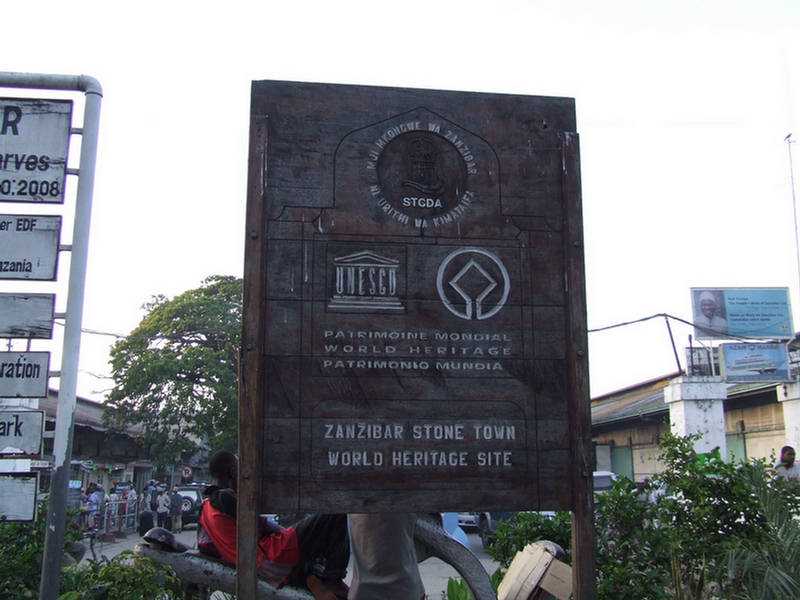
Arab traders discovered the Zanzibar islands and used them as a base for voyages between Arabia, India, and Africa.
Zanzibar offered a protected and defensible harbour, so although the archipelago offered few products of value,
the Arabs settled at what became Stone Town as a convenient point from which to trade with East African coastal towns.
They established garrisons on the islands and built the first mosque in the Southern hemisphere.
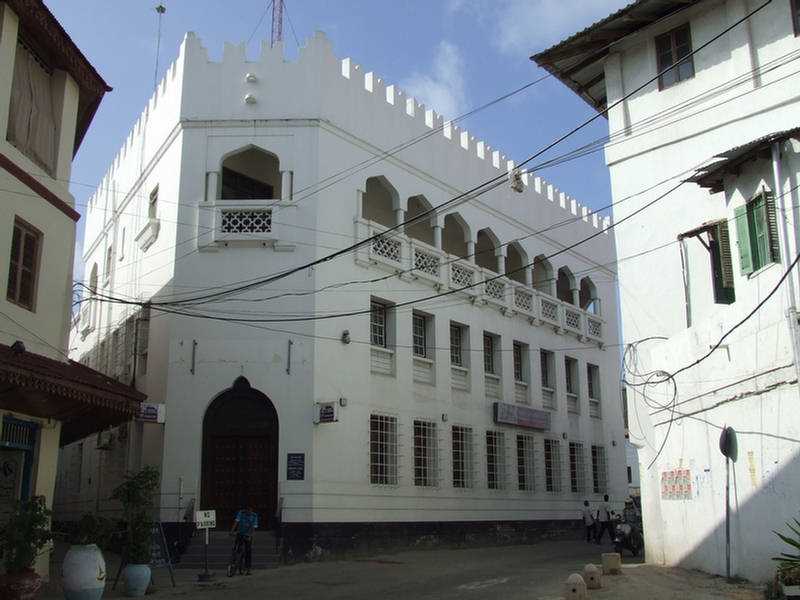
During the Age of Exploration, the Portuguese Empire was the first European power
to gain control of Zanzibar, and kept it for nearly 200 years.
In 1698, Zanzibar fell under the control of the Sultanate of Oman,
which developed an economy of trade and cash crops, with a ruling Arab elite.
Plantations were developed to grow spices, hence the moniker of the Spice Islands (a name also
used of the Dutch colony the Moluccas, now part of Indonesia).
Another major trade good was ivory, the tusks of elephants killed in mainland Africa.
The third pillar of the economy was slaves, giving Zanzibar an important place in the Arab slave
trade, the Indian OceanTriangular Trade.
Zanzibar was the main trading port of the East African slave trade,
with about 50,000 slaves a year passing through the port.
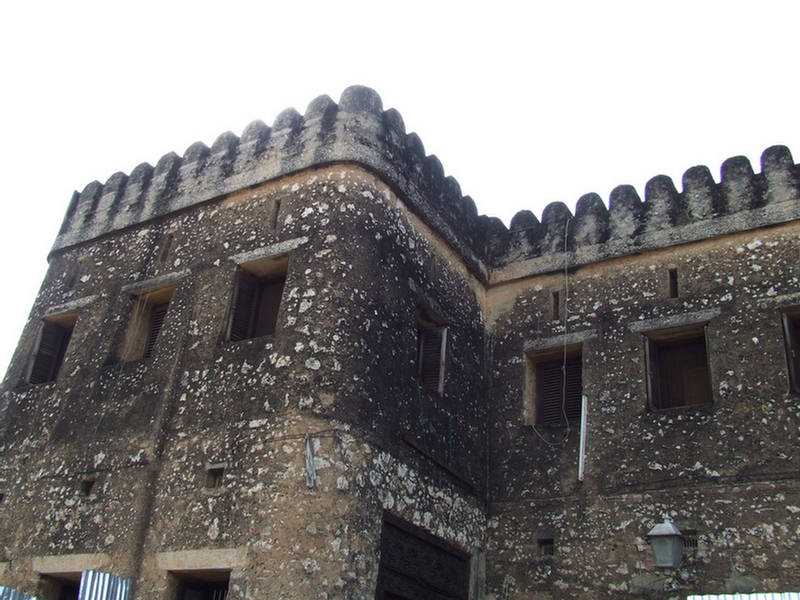

The House of Wonders (Beit-El-Ajaib) is the most prominent building in Stone Town.
Designed by a Scottish marine engineer, it was built in 1883 for Sultan Barghash Bin Said.
It was amongst the first buildings in East Africa to have electricity and running water and a lift.
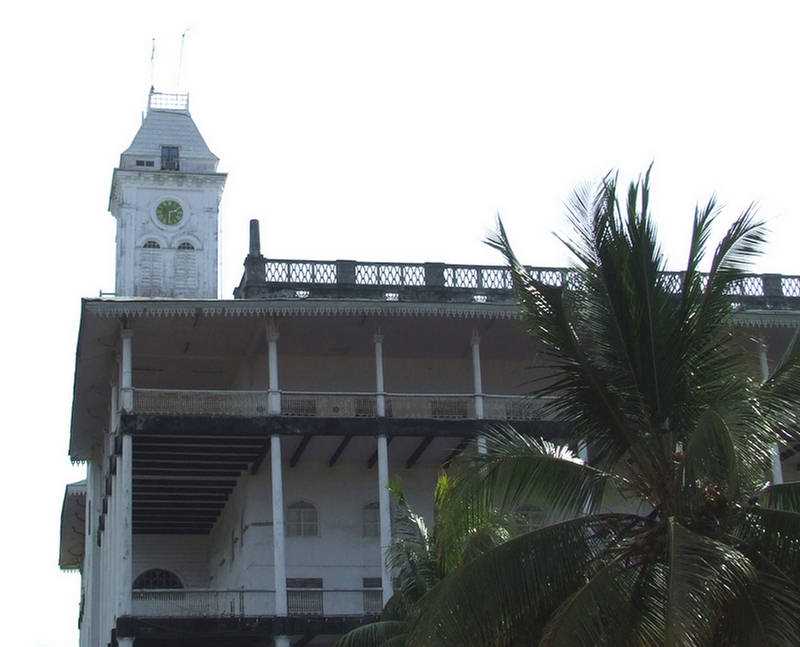
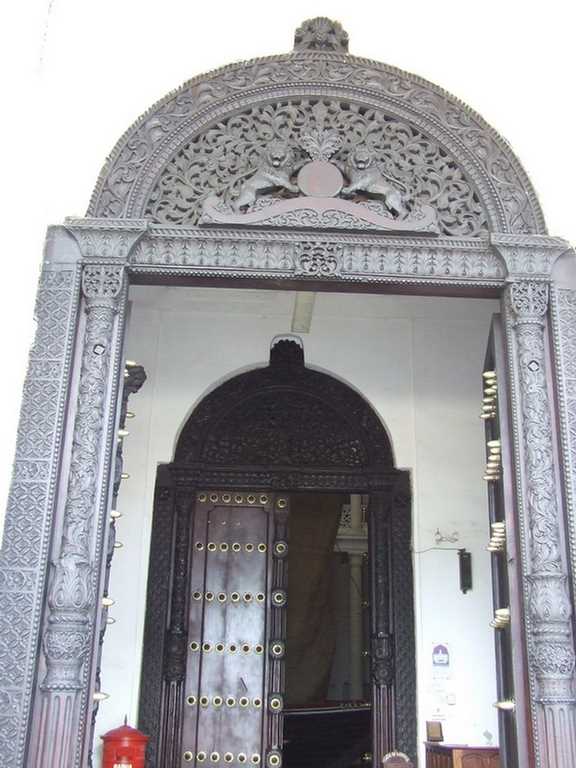
In India, and some other places where there are elephants,
large studs protude from doors to discourage elephants from rubbing against them.
There are no elephants on Zanzibar, so they are just ornaments here.
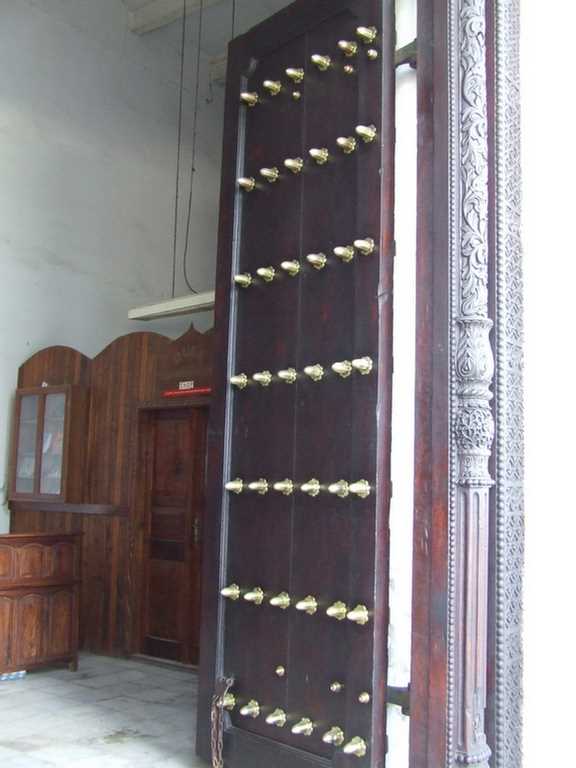
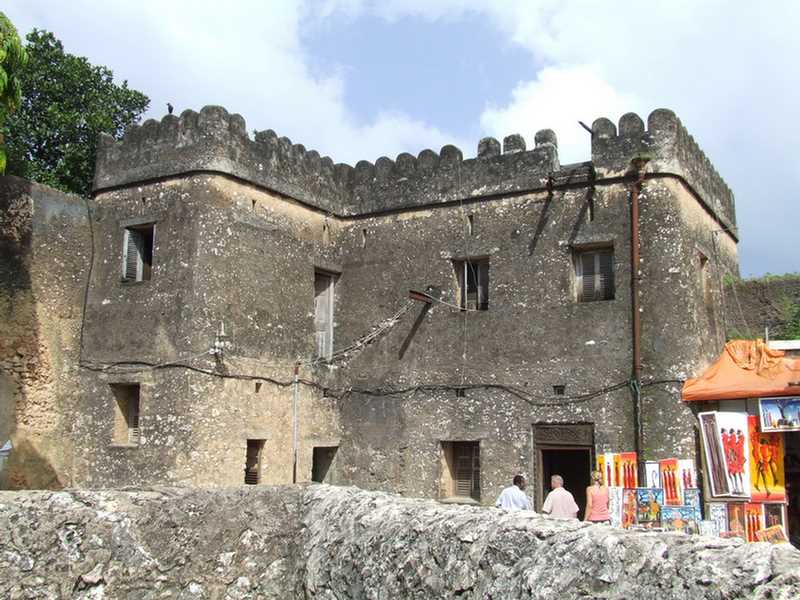

The old fort
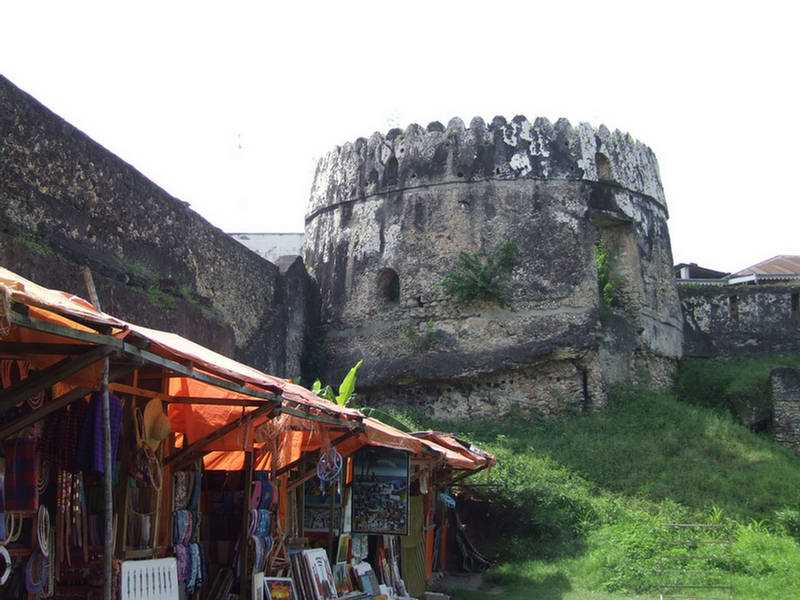
Sometimes gradually, sometimes by fits and starts, control of Zanzibar came into the hands of the British Empire.
Part of the political impetus for this was the 19th century movement for the abolition of the slave trade.
The islands gained independence from Britain in December 1963 as a constitutional monarchy.
A month later, the bloody Zanzibar Revolution, in which thousands of Arabs and Indians were killed in a genocide
and thousands more expelled, established the Republic of Zanzibar and Pemba.
That April, the republic merged with the mainland former colony of Tanganyika, or more accurately, was subsumed by the much larger entity. This United Republic of Tanganyika and Zanzibar was soon renamed the United Republic of Tanzania, of which Zanzibar remains a semi-autonomous region.
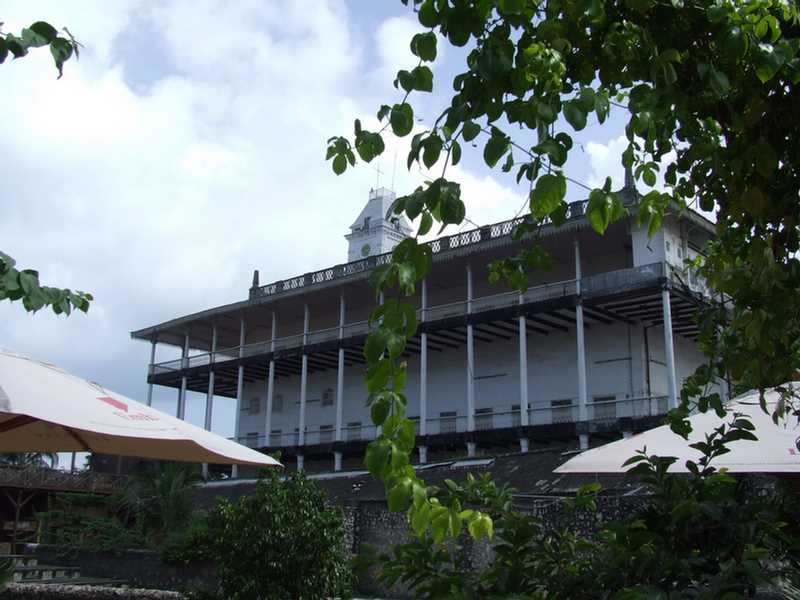
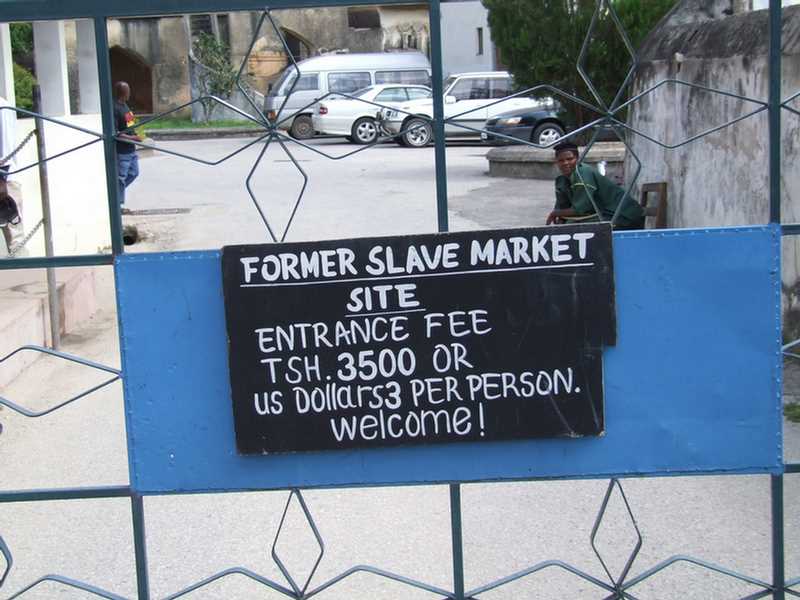
During the slave trade this was one of 2 underground rooms used to keep up to 70 slaves
before they were auctioned at the slave market.
Slaves were kept in apalling conditions. Many died of starvation and suffocation.
Only 1 in 5 slaves originally captured made it to their destination.
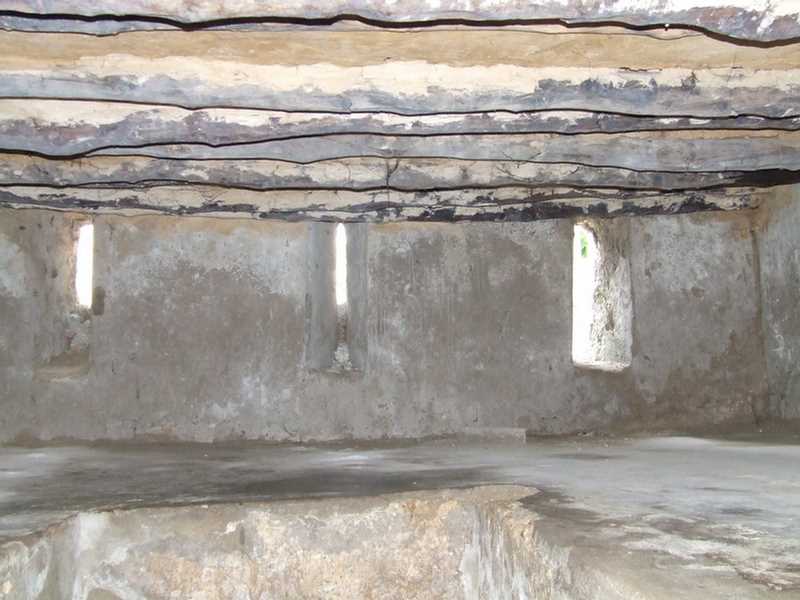
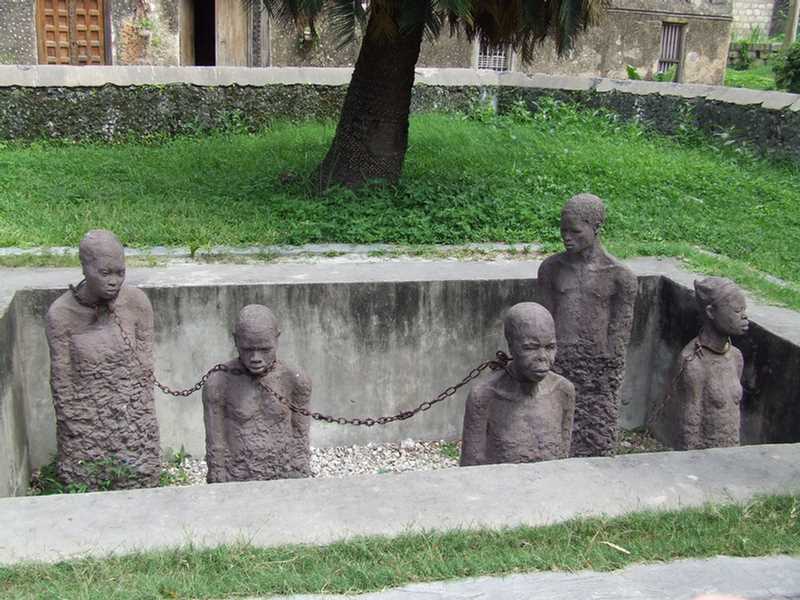
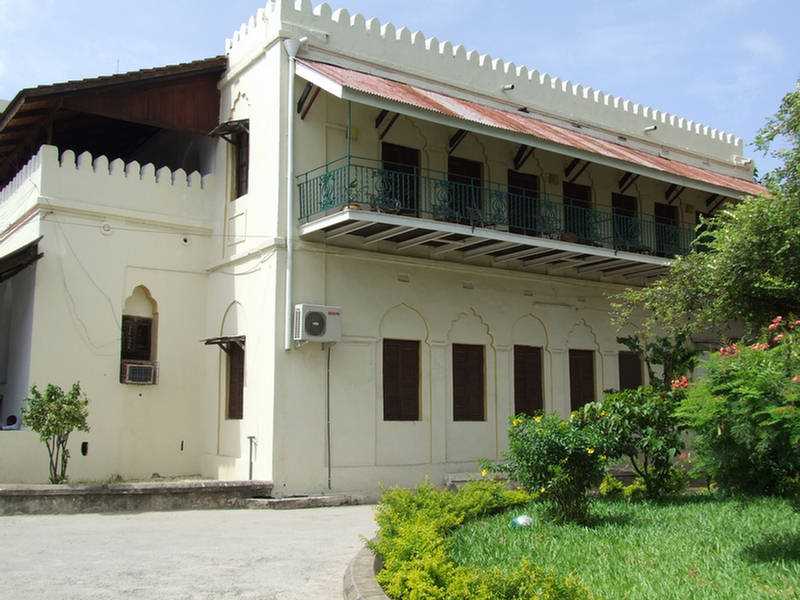

The Anglican Cathedral is built on the site of the former slave market.
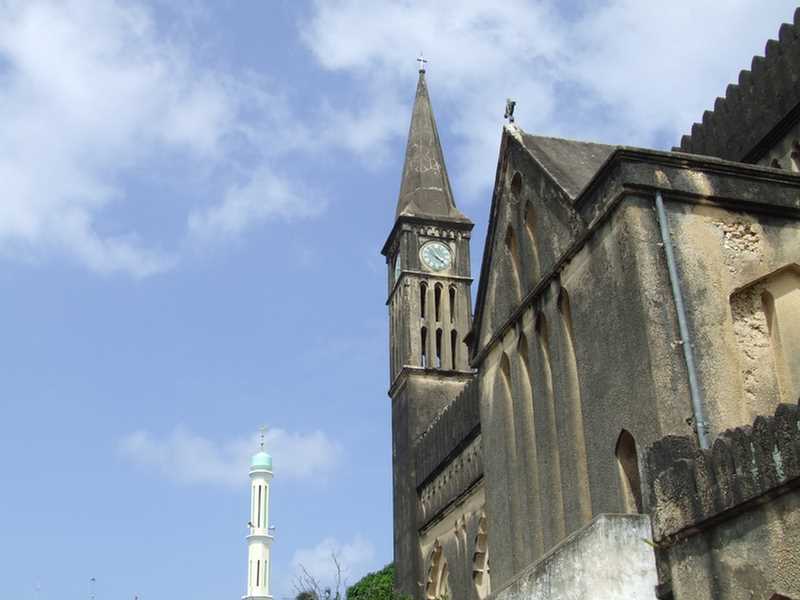
The spot in front of the altar is where the slaves were whipped to test their strength.
Lots of blood flowed on the marble floor below.
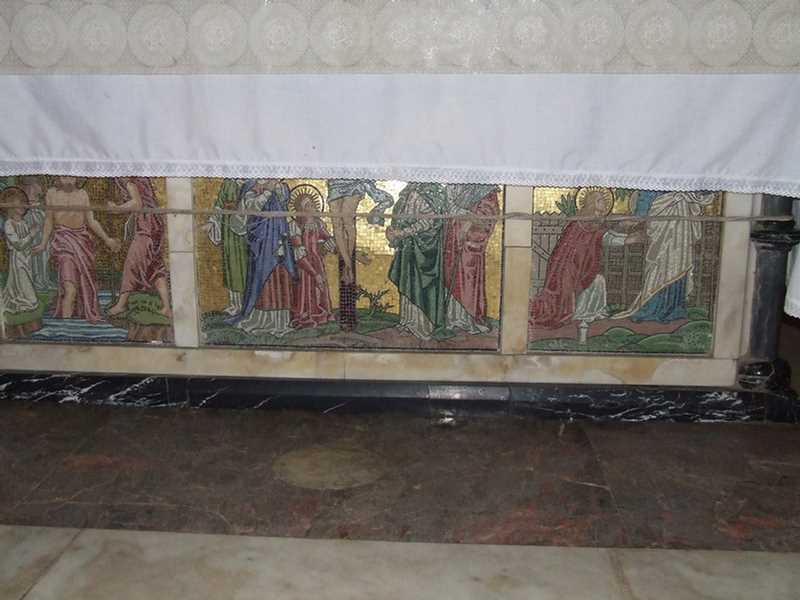
Doctor David Livingstone, the Scottish explorer and missionary was a leading activist in the campaign to abolish slavery.
Livingstone died at Chief Chitambo's village at Ilala in Zambia.
This crucifix is made from the wood of the tree under which he died and his heart is buried.
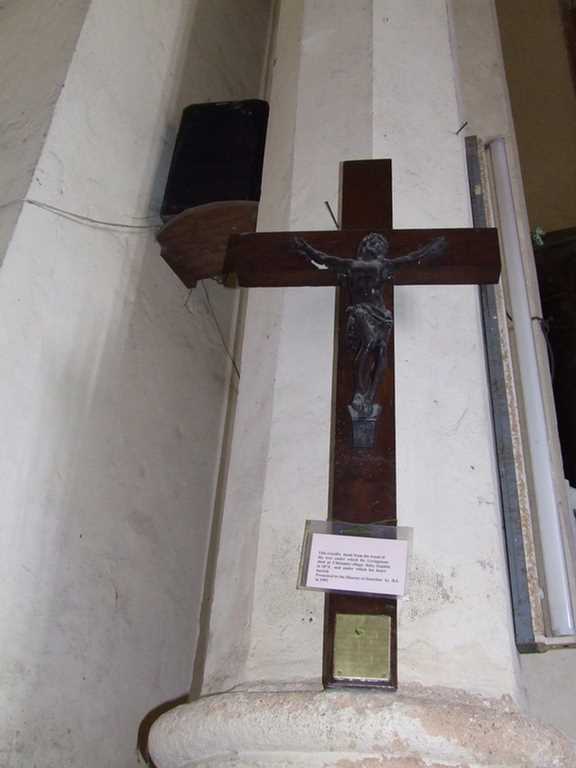
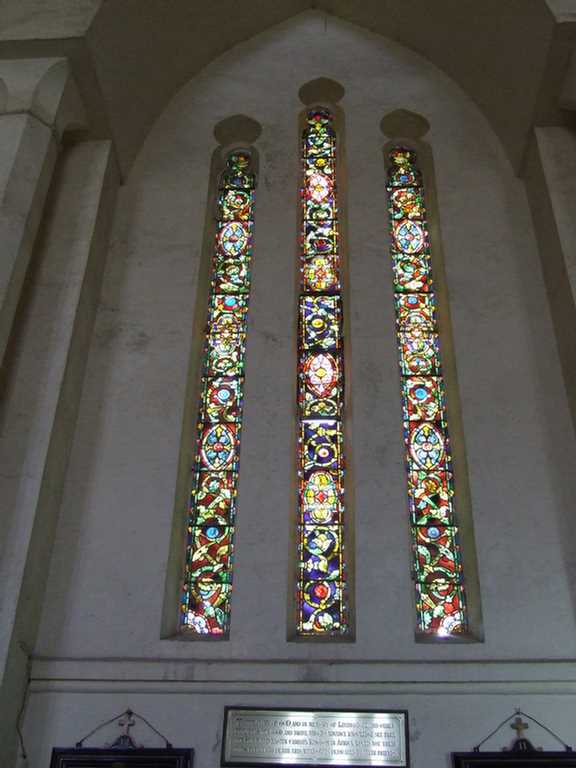
These marble pillars in the Cathedral were an Italian donation.
Unfortunately they did not come with instructions and they were installed upside down.

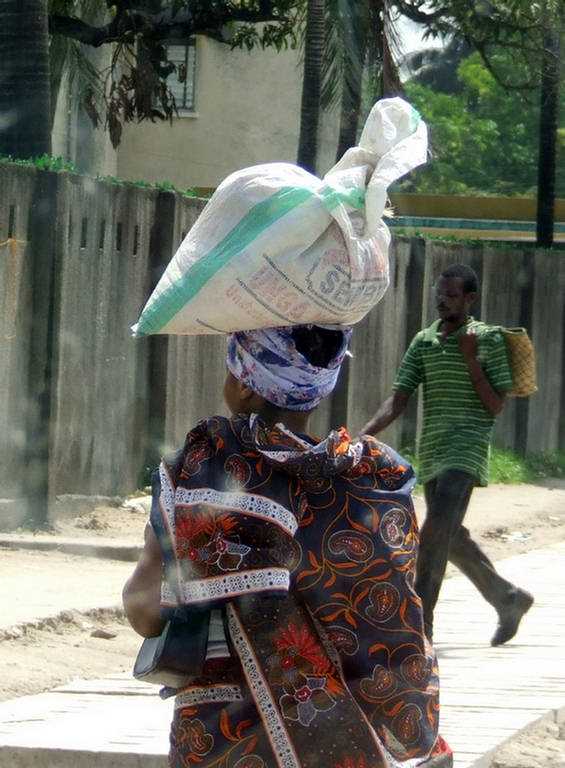
In 1866, Livingstone returned to Africa, this time to Zanzibar, from where he set out to seek the source of the Nile.
This is the house where he stayed before he set out on the exploration.
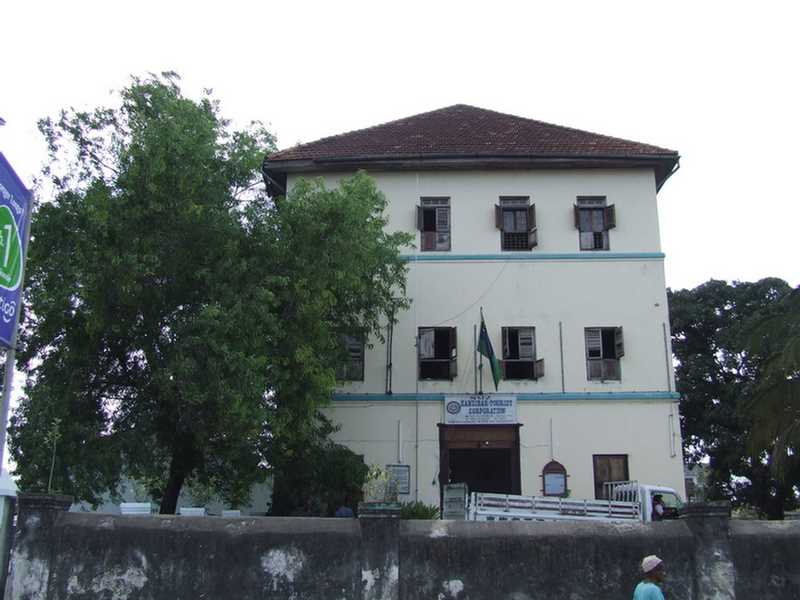
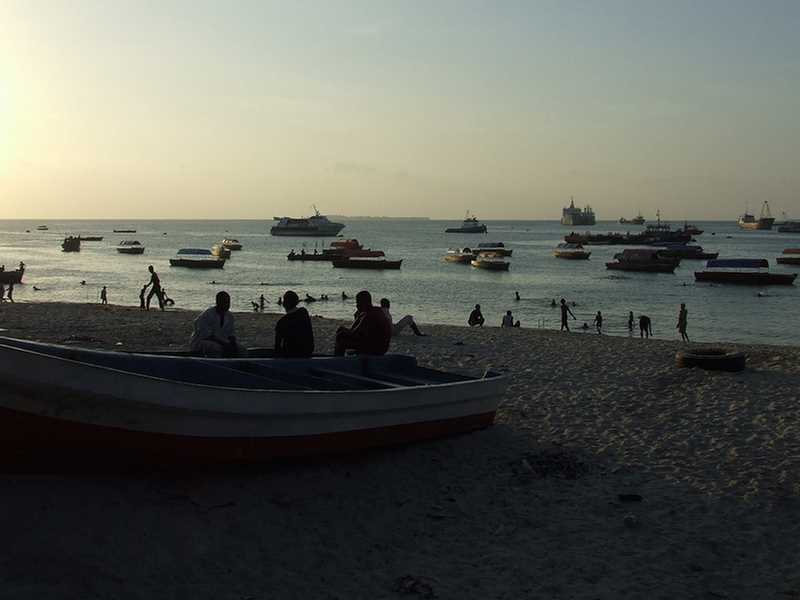
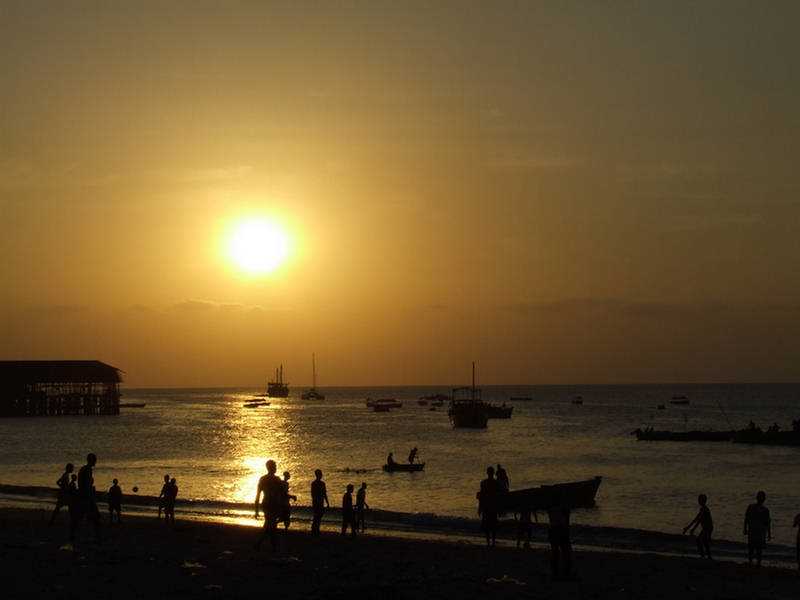
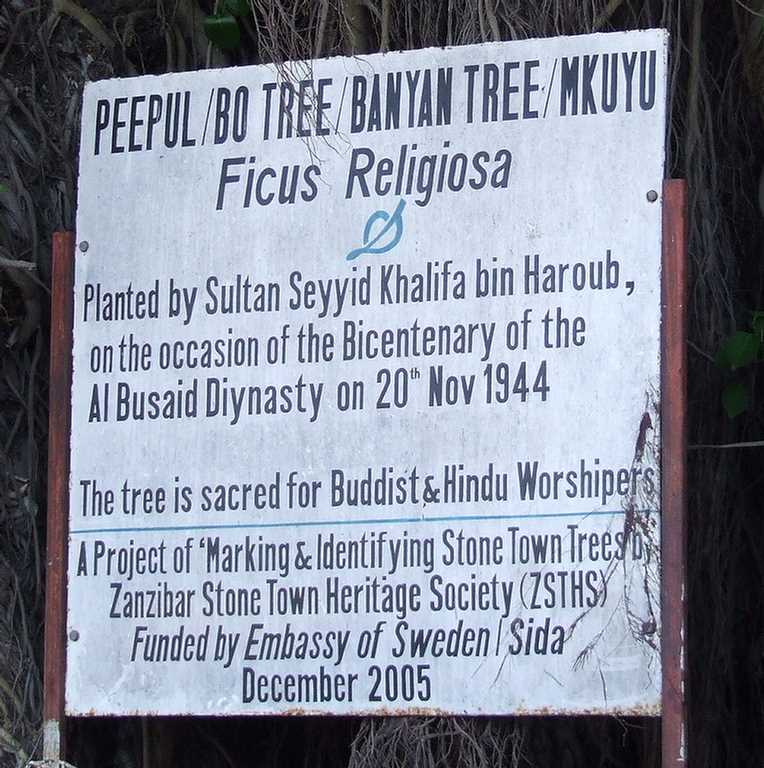
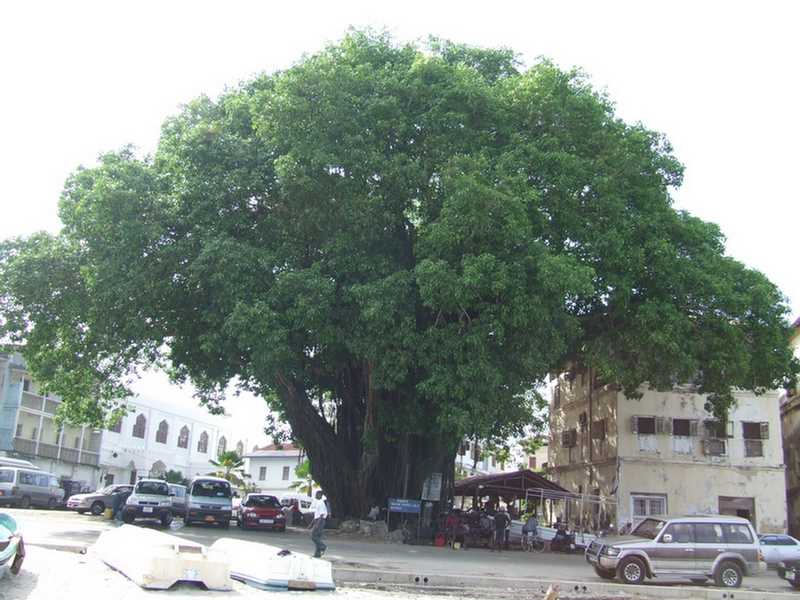
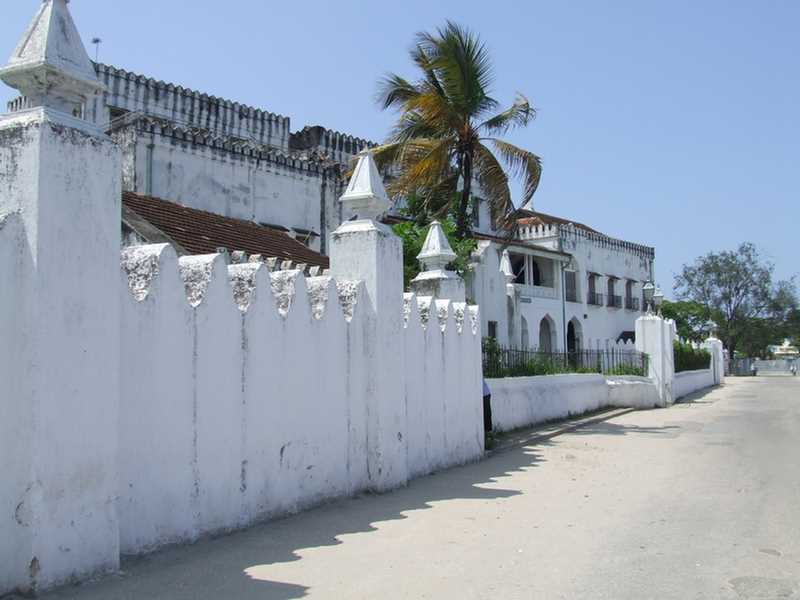
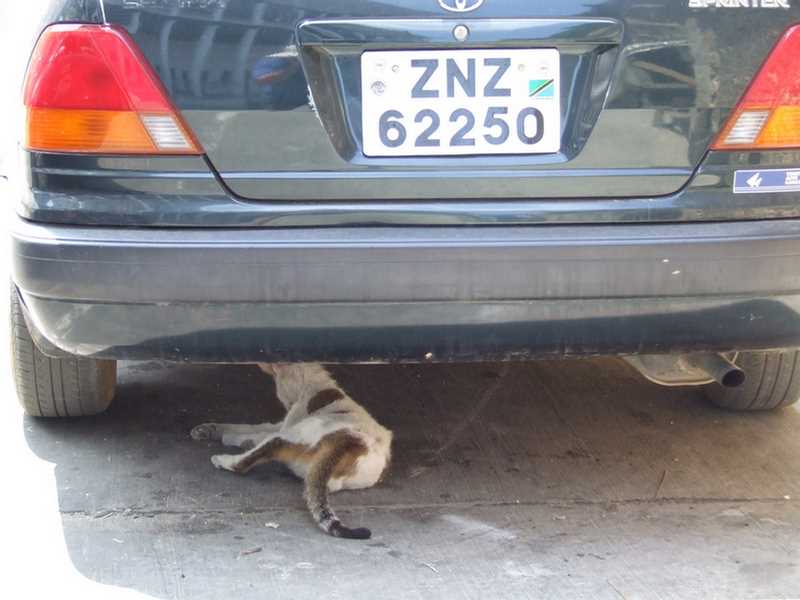
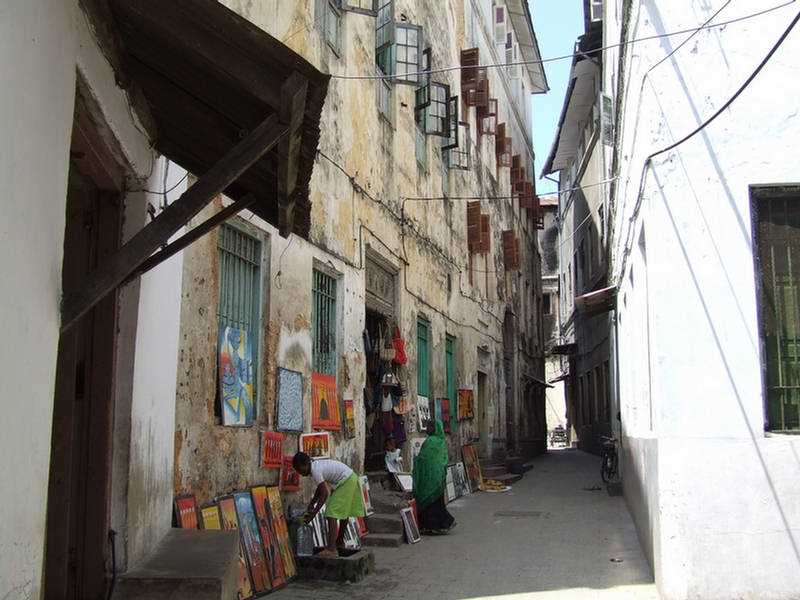
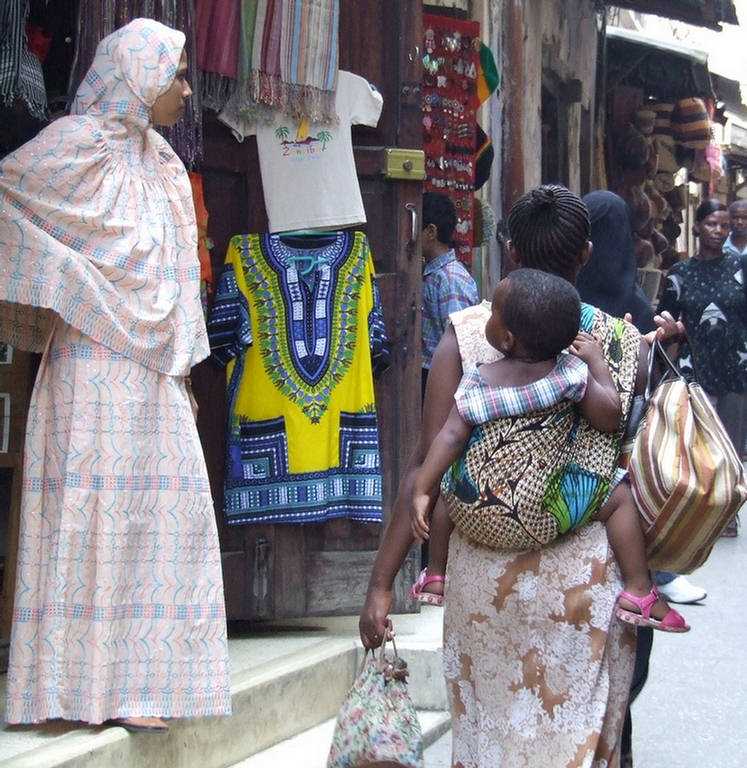

Spice Tour
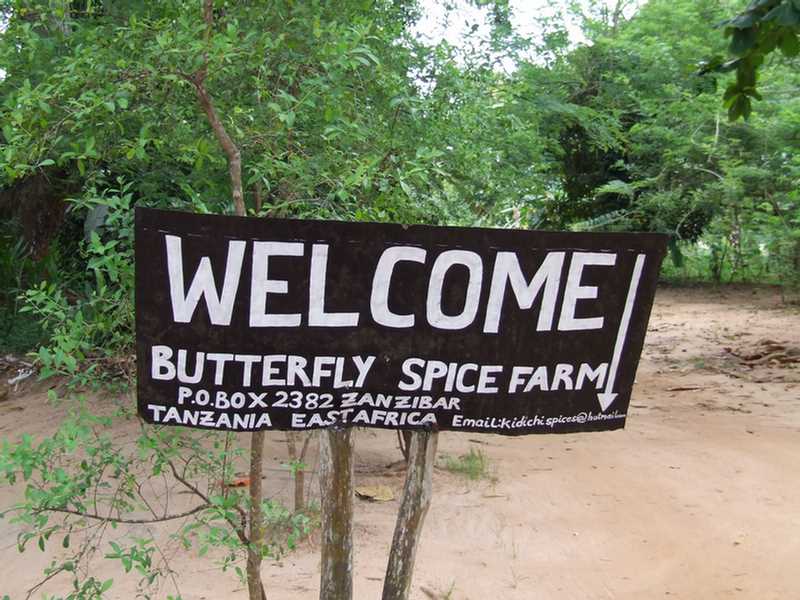
Cloves

A clove tree
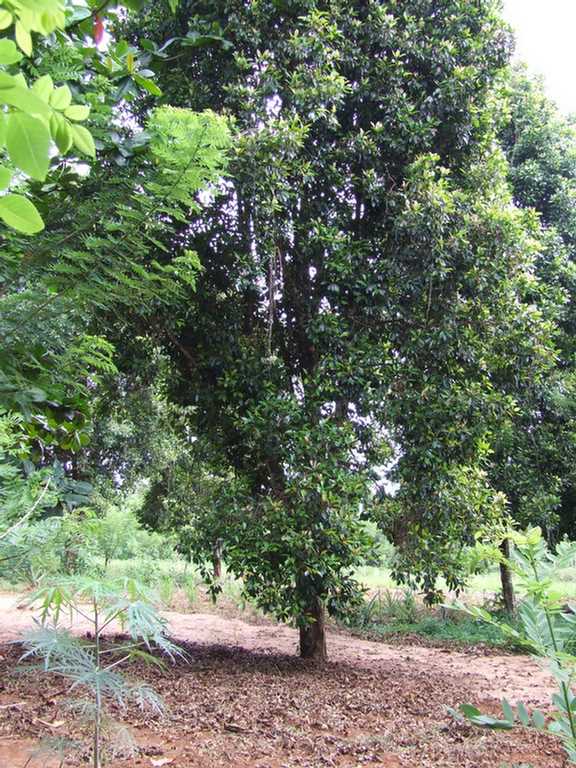
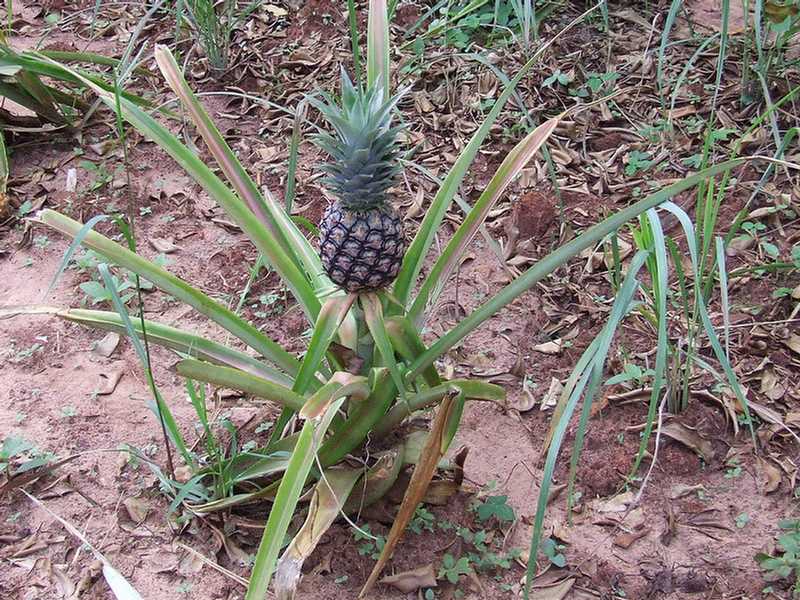
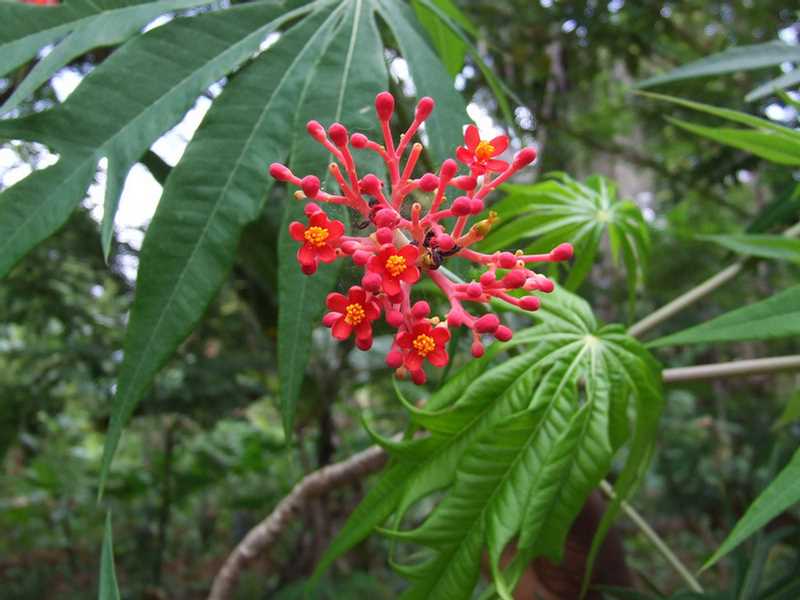

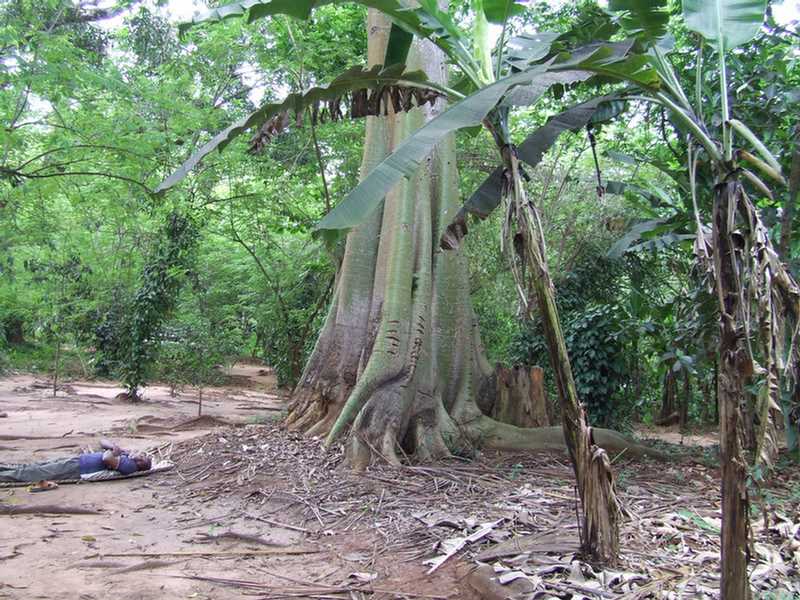
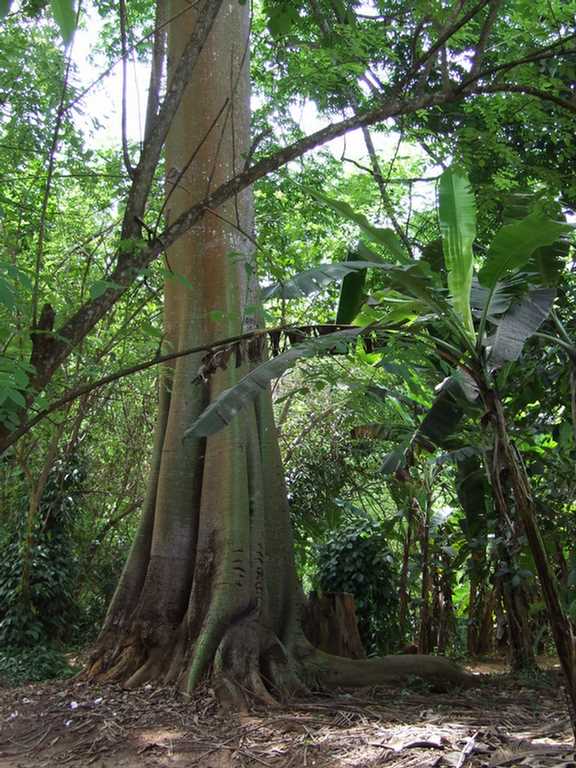
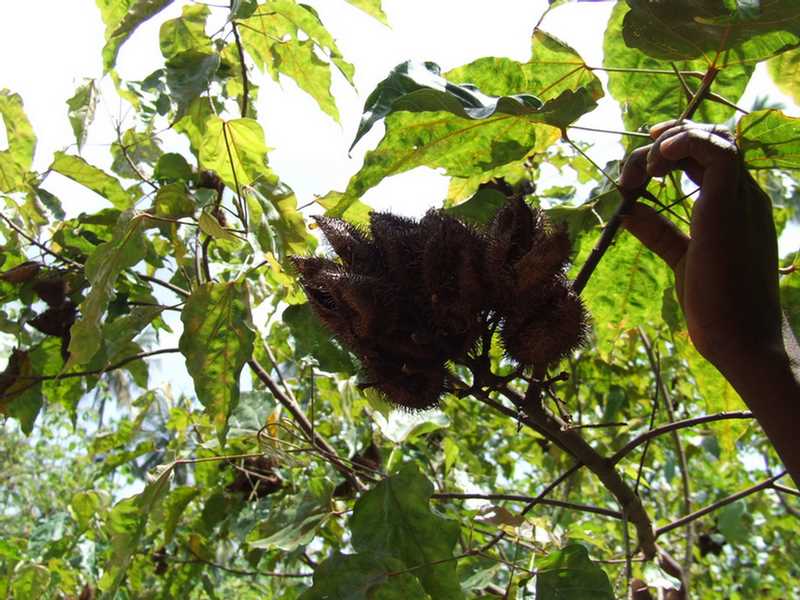
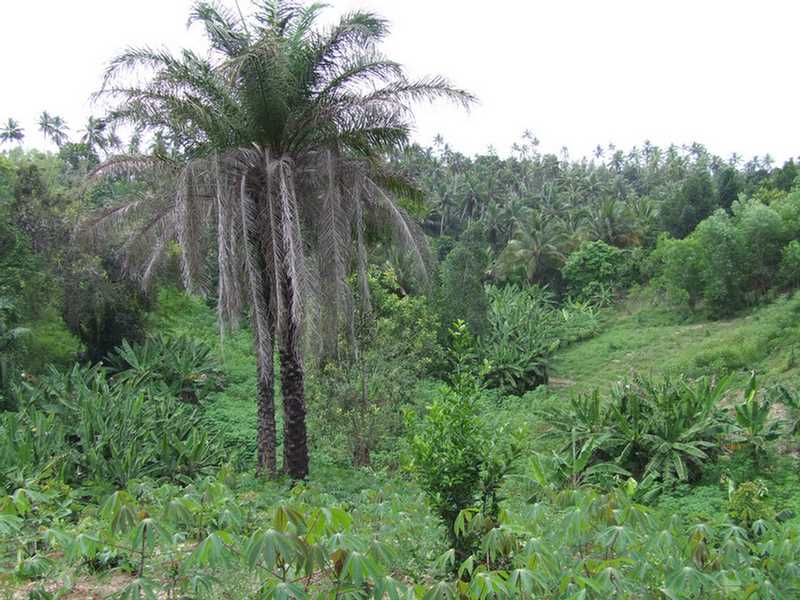
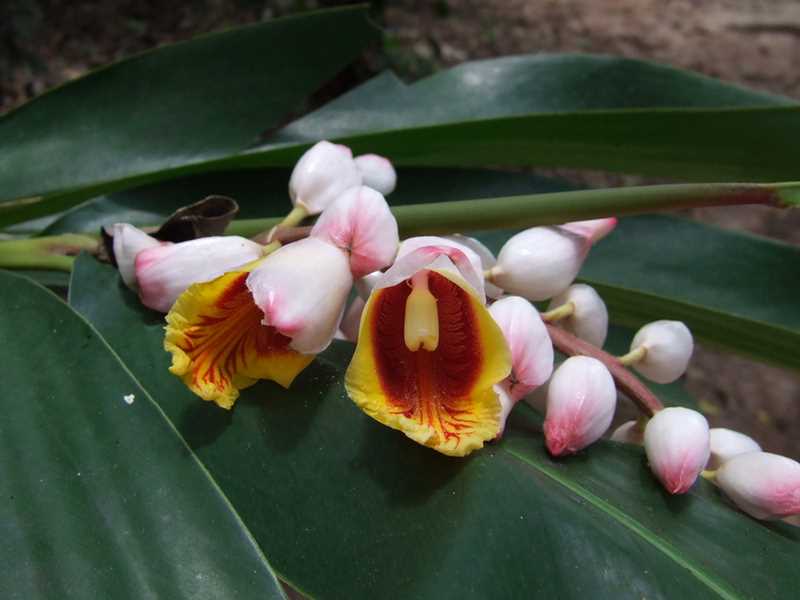
Nungwi Beach
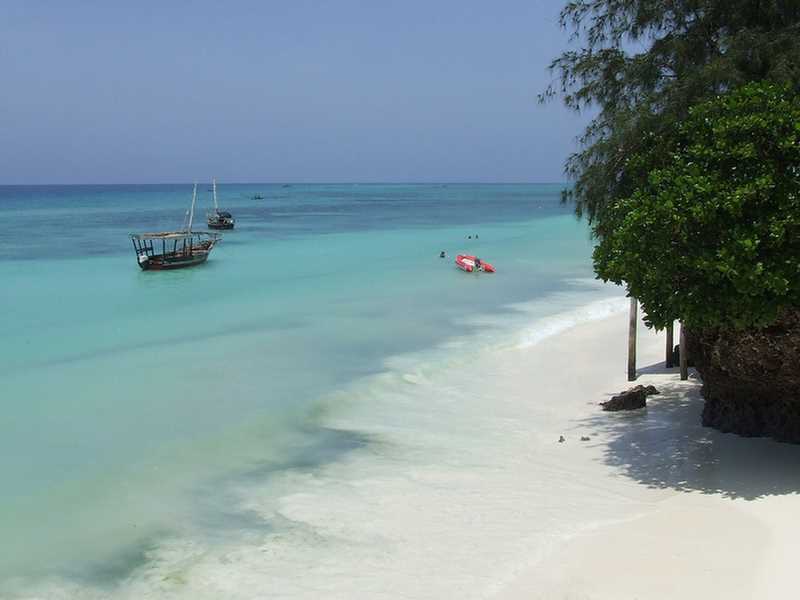
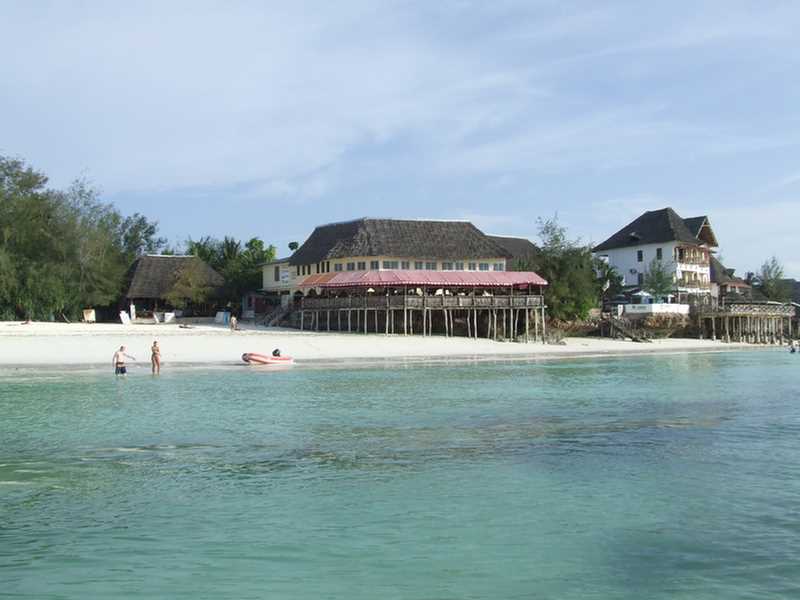
A sunset cruise and snorkle on a dhow
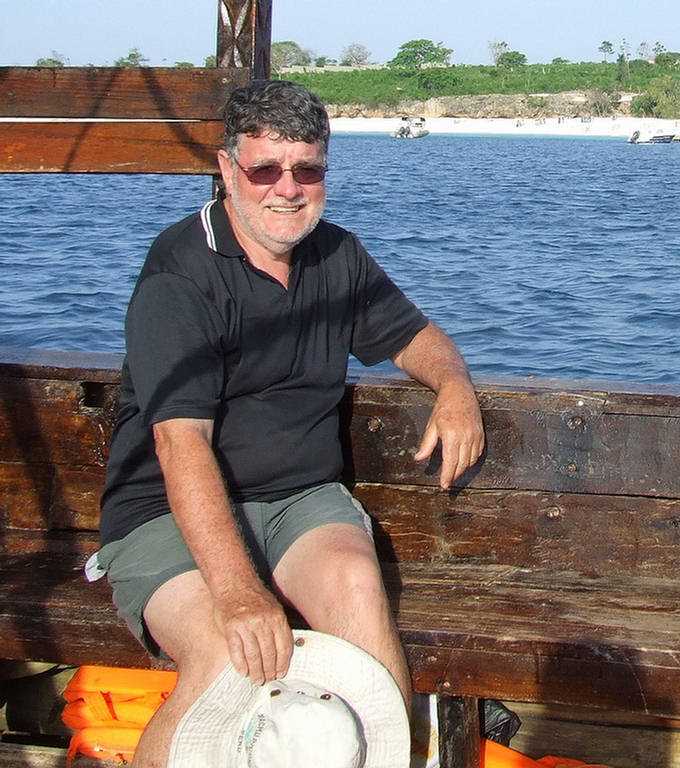
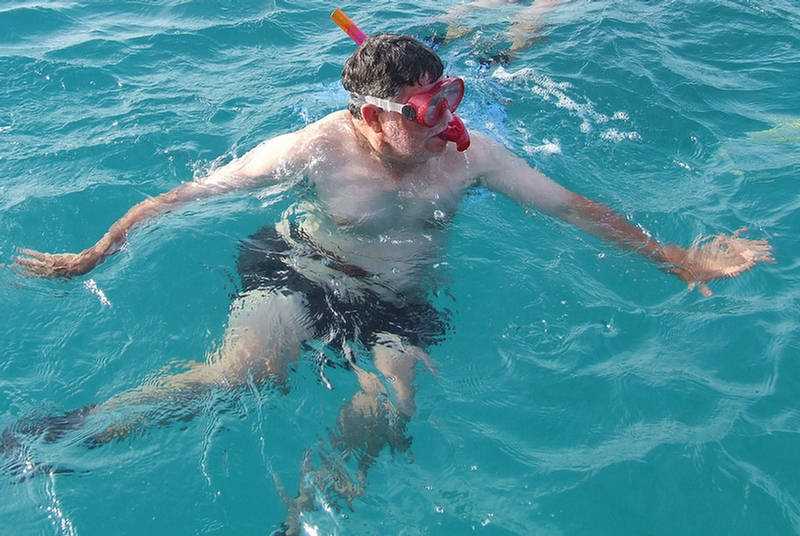

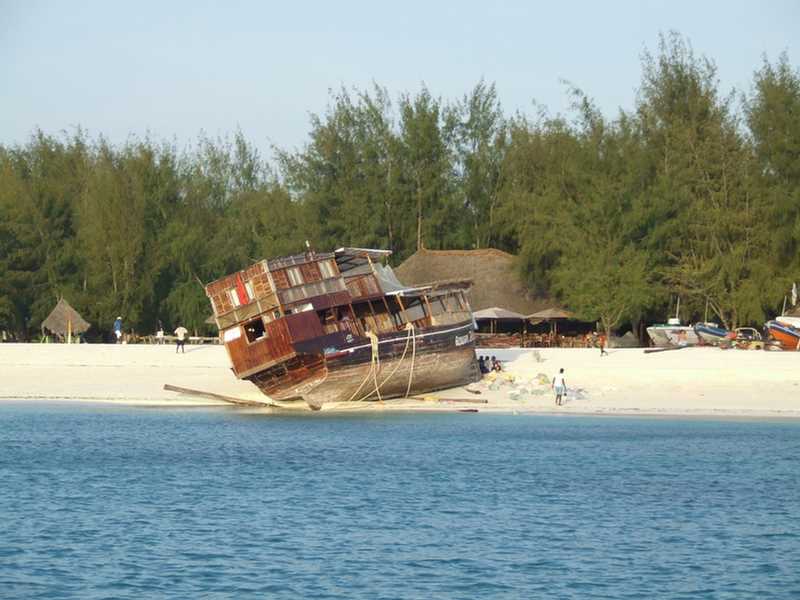
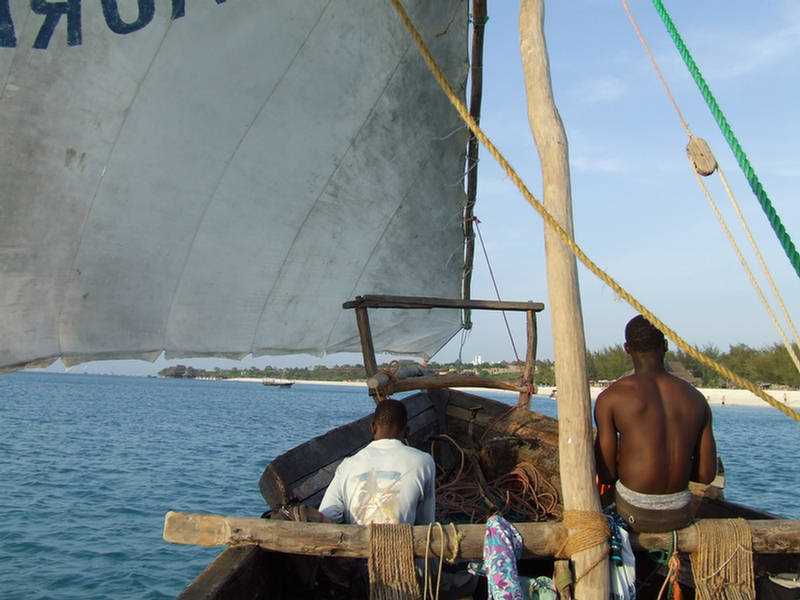
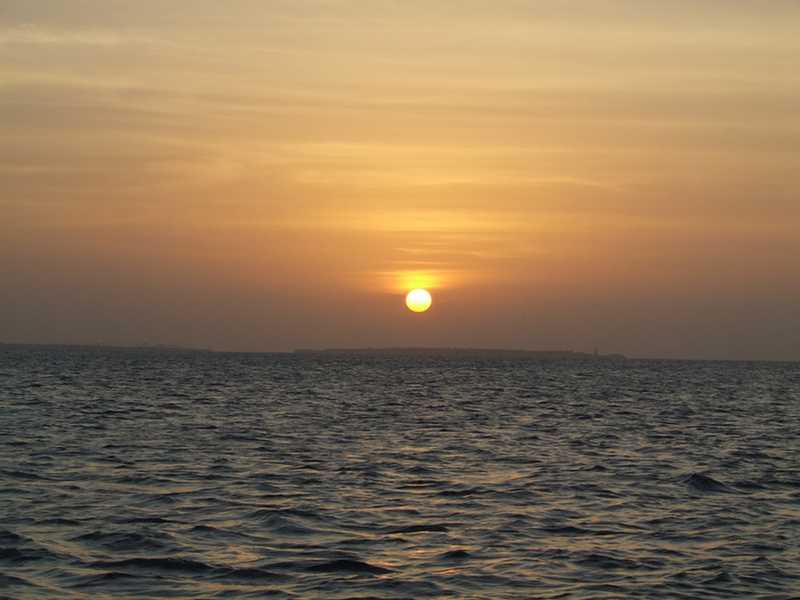
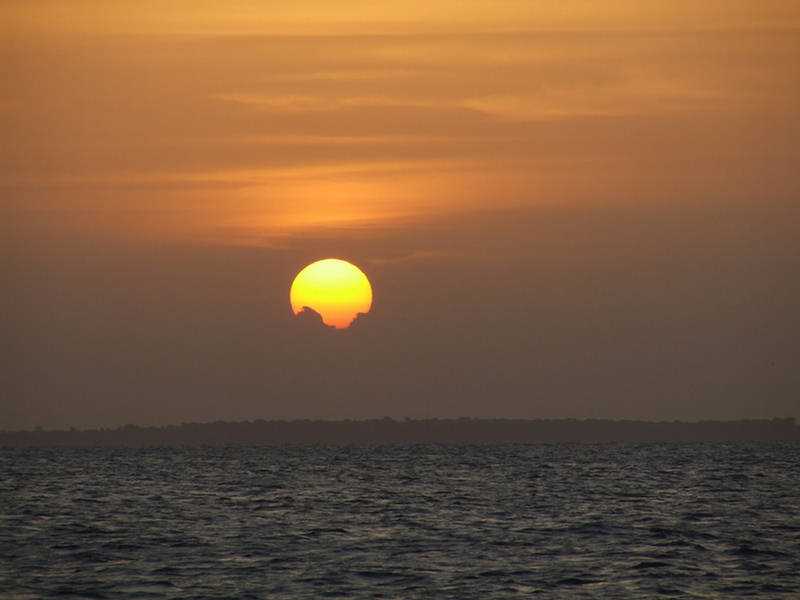
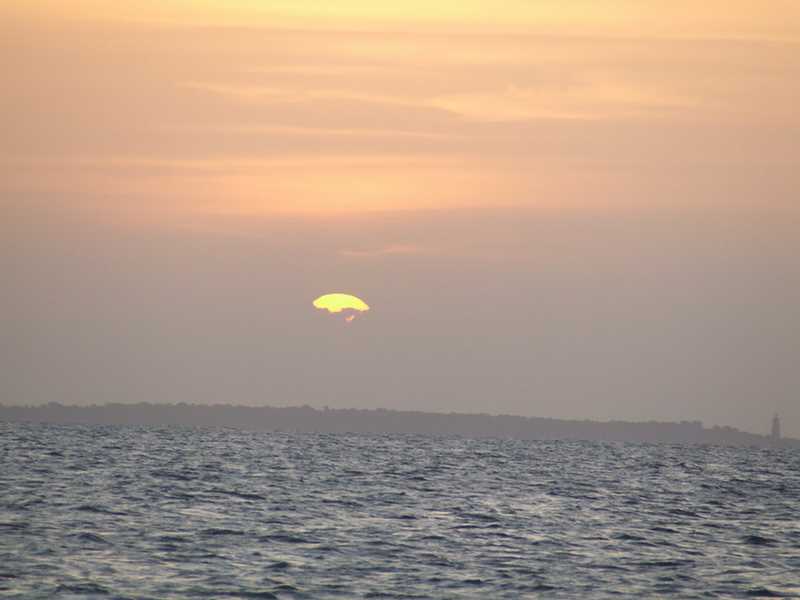

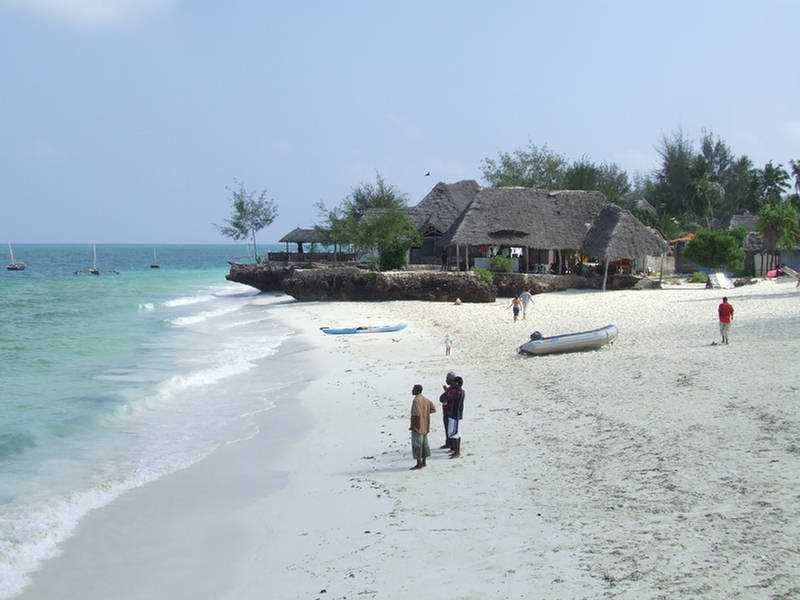
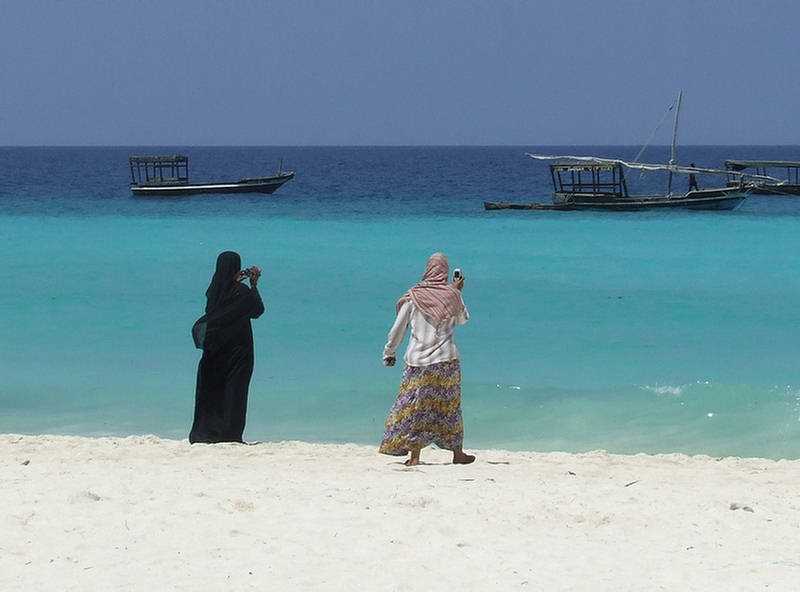
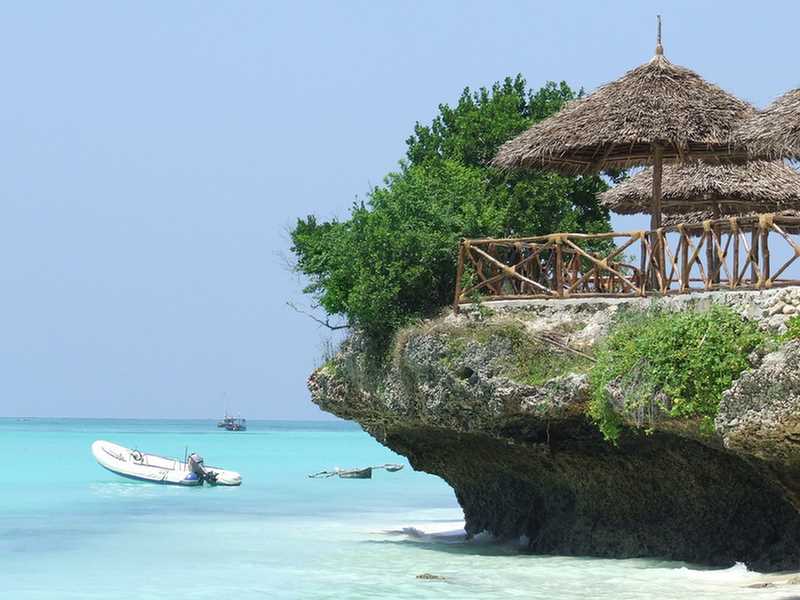
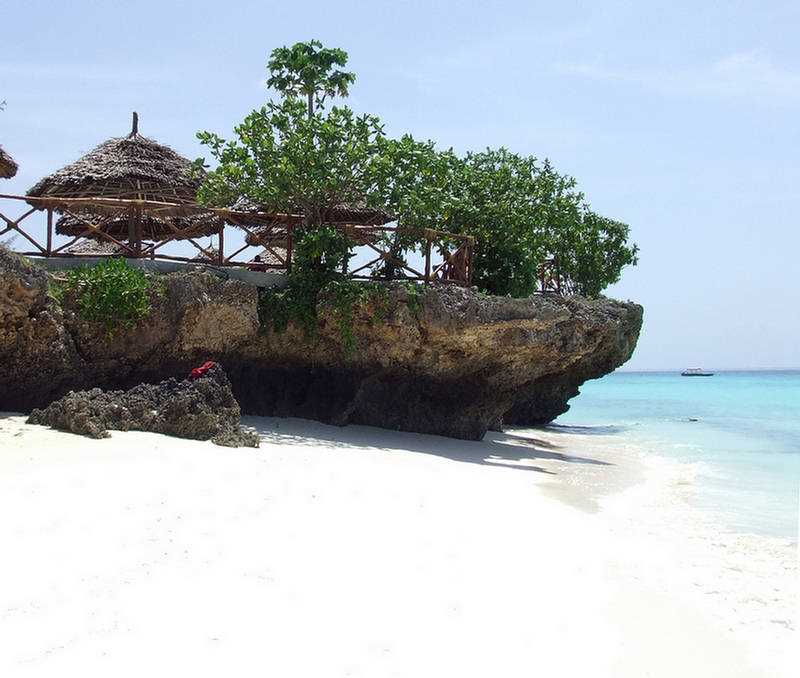

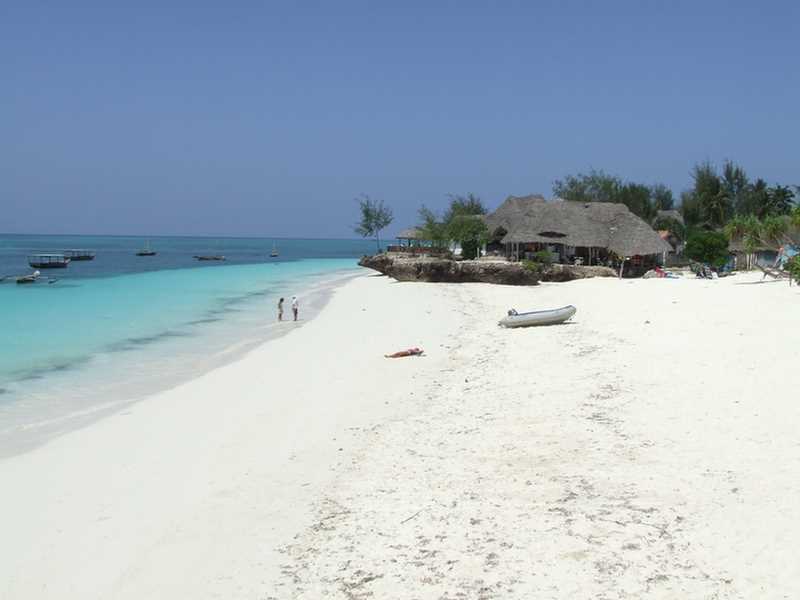
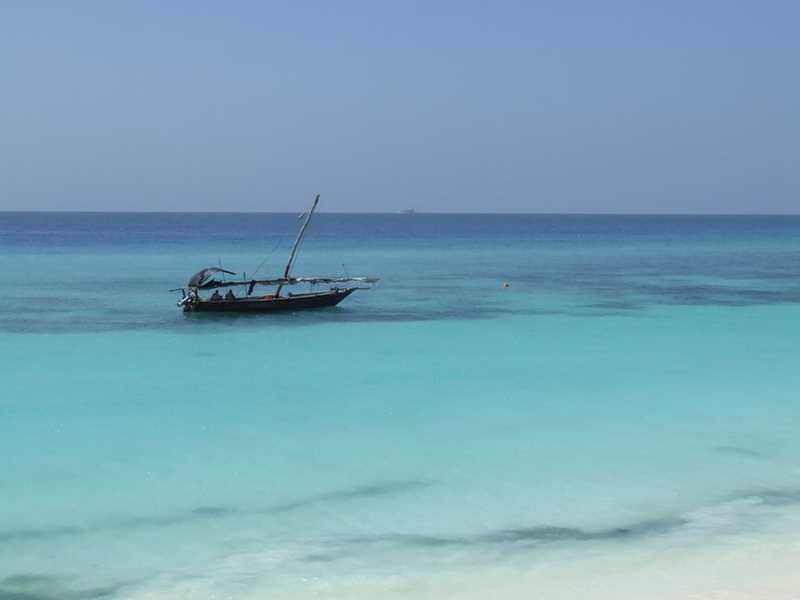
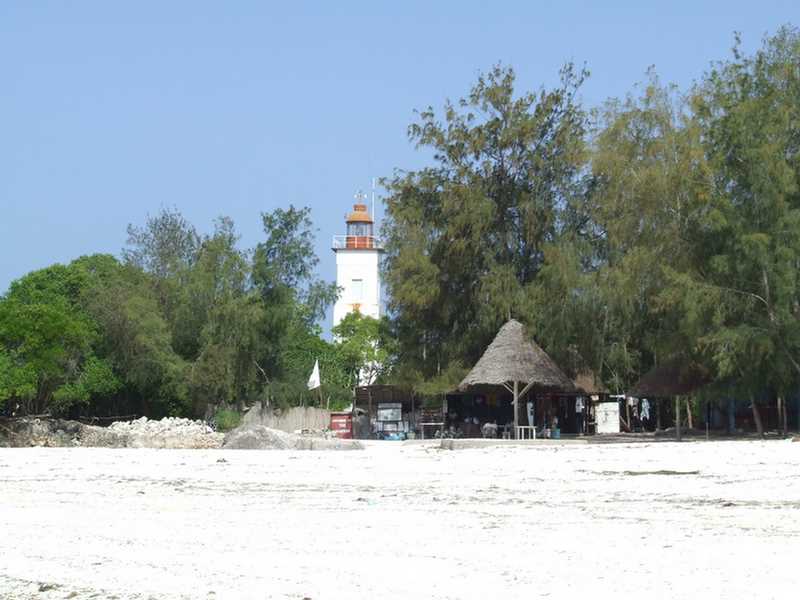
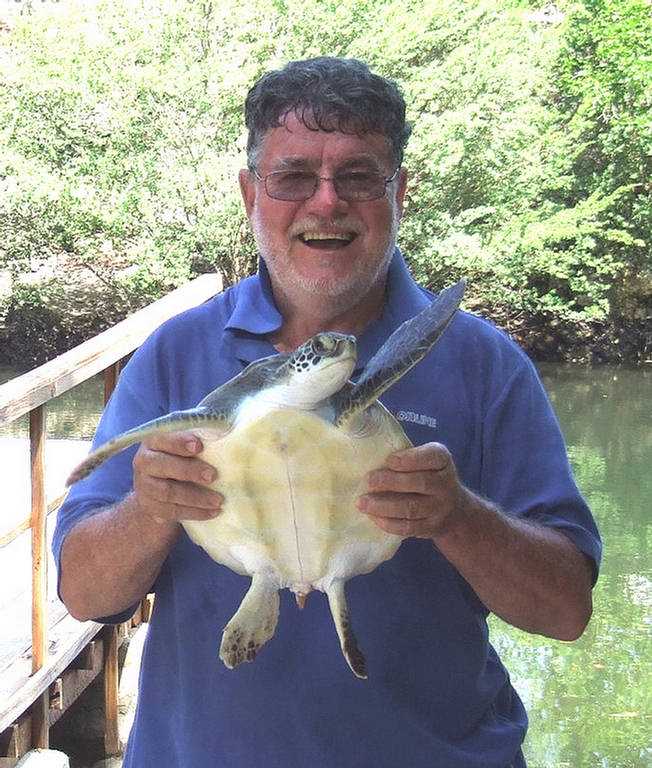
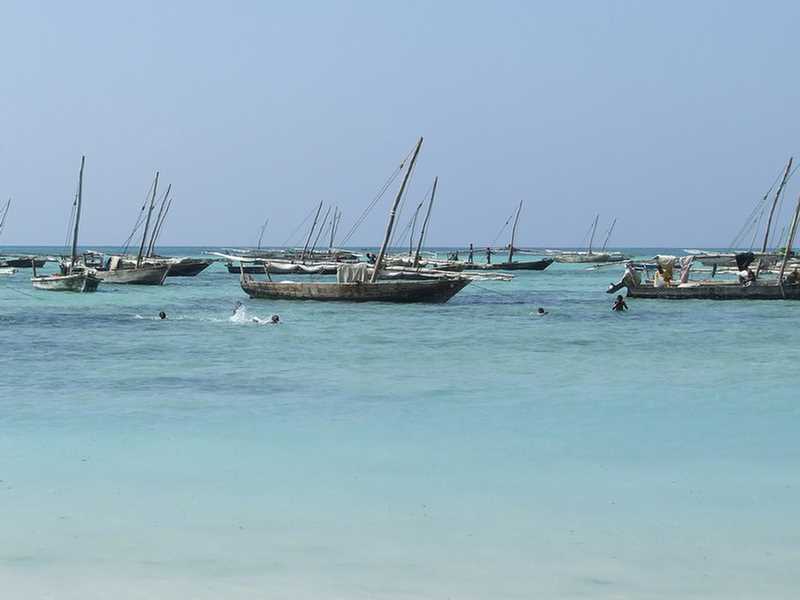
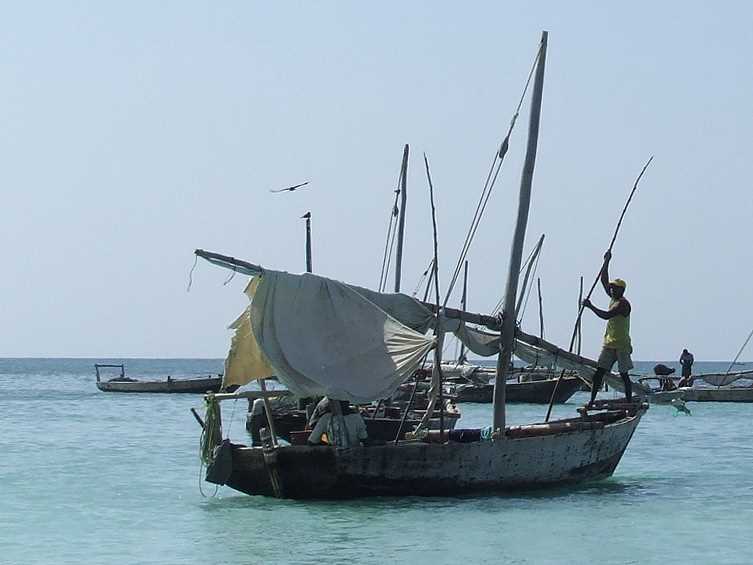
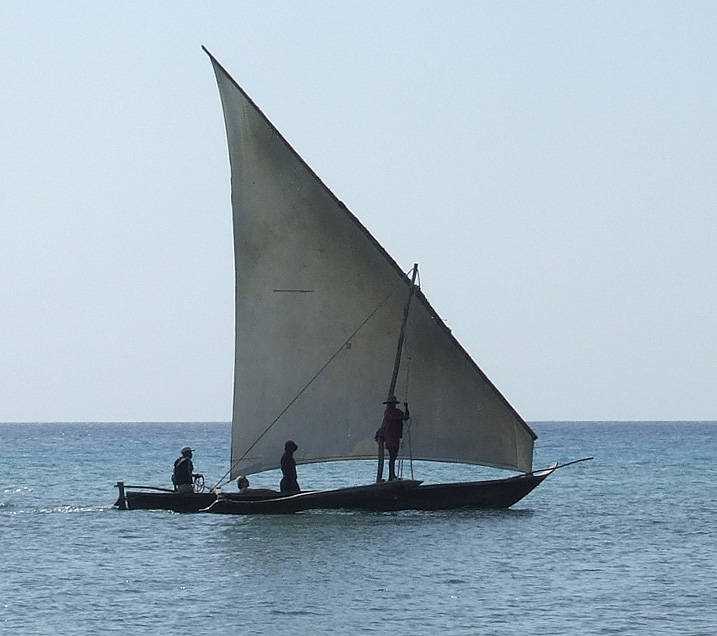
Dhows racing
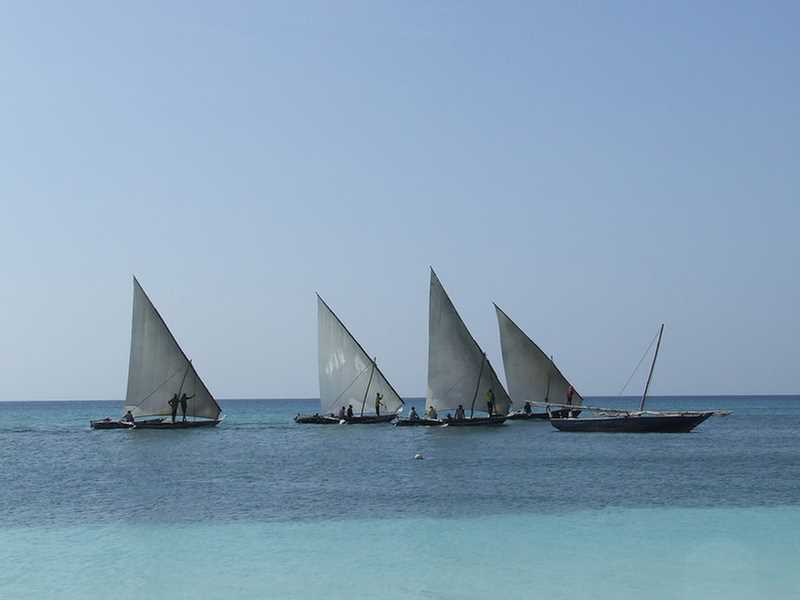
There was haphazard development on the beachfront.
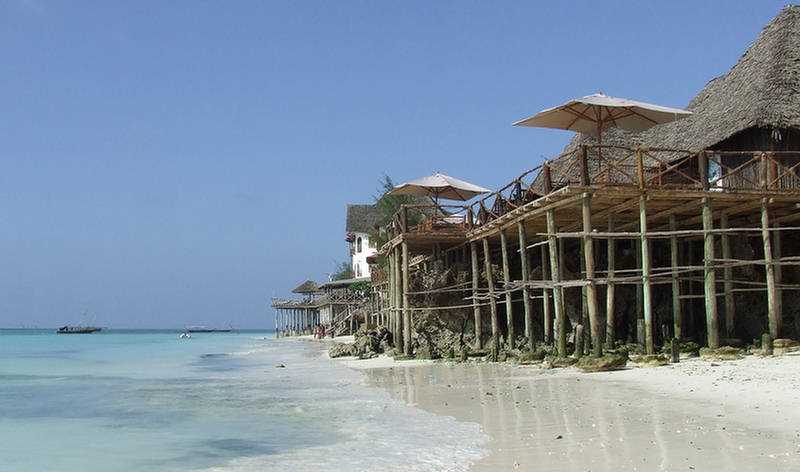
(Tanzania)
We had a 2-hour high-speed ferry cruise from Dar es Salaam to Zanzibar Island.
Zanzibar was once a separate state with a long trading history within the Arab world.
It united with Tanganyika to form Tanzania in 1964, and still enjoys a high degree of autonomy within the union.
Stone Town
The capital of Zanzibar is Zanzibar City, and its old quarter, known as Stone Town, is a World Heritage Site.

Arab traders discovered the Zanzibar islands and used them as a base for voyages between Arabia, India, and Africa.
Zanzibar offered a protected and defensible harbour, so although the archipelago offered few products of value,
the Arabs settled at what became Stone Town as a convenient point from which to trade with East African coastal towns.
They established garrisons on the islands and built the first mosque in the Southern hemisphere.

During the Age of Exploration, the Portuguese Empire was the first European power
to gain control of Zanzibar, and kept it for nearly 200 years.
In 1698, Zanzibar fell under the control of the Sultanate of Oman,
which developed an economy of trade and cash crops, with a ruling Arab elite.
Plantations were developed to grow spices, hence the moniker of the Spice Islands (a name also
used of the Dutch colony the Moluccas, now part of Indonesia).
Another major trade good was ivory, the tusks of elephants killed in mainland Africa.
The third pillar of the economy was slaves, giving Zanzibar an important place in the Arab slave
trade, the Indian OceanTriangular Trade.
Zanzibar was the main trading port of the East African slave trade,
with about 50,000 slaves a year passing through the port.


The House of Wonders (Beit-El-Ajaib) is the most prominent building in Stone Town.
Designed by a Scottish marine engineer, it was built in 1883 for Sultan Barghash Bin Said.
It was amongst the first buildings in East Africa to have electricity and running water and a lift.


In India, and some other places where there are elephants,
large studs protude from doors to discourage elephants from rubbing against them.
There are no elephants on Zanzibar, so they are just ornaments here.



The old fort

Sometimes gradually, sometimes by fits and starts, control of Zanzibar came into the hands of the British Empire.
Part of the political impetus for this was the 19th century movement for the abolition of the slave trade.
The islands gained independence from Britain in December 1963 as a constitutional monarchy.
A month later, the bloody Zanzibar Revolution, in which thousands of Arabs and Indians were killed in a genocide
and thousands more expelled, established the Republic of Zanzibar and Pemba.
That April, the republic merged with the mainland former colony of Tanganyika, or more accurately, was subsumed by the much larger entity. This United Republic of Tanganyika and Zanzibar was soon renamed the United Republic of Tanzania, of which Zanzibar remains a semi-autonomous region.


During the slave trade this was one of 2 underground rooms used to keep up to 70 slaves
before they were auctioned at the slave market.
Slaves were kept in apalling conditions. Many died of starvation and suffocation.
Only 1 in 5 slaves originally captured made it to their destination.




The Anglican Cathedral is built on the site of the former slave market.

The spot in front of the altar is where the slaves were whipped to test their strength.
Lots of blood flowed on the marble floor below.

Doctor David Livingstone, the Scottish explorer and missionary was a leading activist in the campaign to abolish slavery.
Livingstone died at Chief Chitambo's village at Ilala in Zambia.
This crucifix is made from the wood of the tree under which he died and his heart is buried.


These marble pillars in the Cathedral were an Italian donation.
Unfortunately they did not come with instructions and they were installed upside down.


In 1866, Livingstone returned to Africa, this time to Zanzibar, from where he set out to seek the source of the Nile.
This is the house where he stayed before he set out on the exploration.










Spice Tour

Cloves

A clove tree









Nungwi Beach


A sunset cruise and snorkle on a dhow





















Dhows racing

There was haphazard development on the beachfront.
